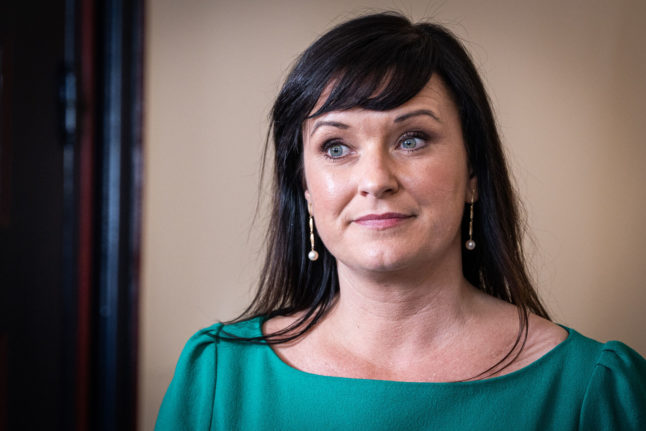Across the country, around 500,000 people are diagnosed with cancer each year. But experts say things like exercise could cut this figure in half.
“Movement can reduce one's cancer risk,” said chairman of German Cancer Aid, Gerd Nettekoven.
In light of World Cancer Day, celebrated annually on February 4th in order to raise awareness of the illness and encourage its prevention and treatment, here’s some more information regarding cancer in Germany.
How many cancer patients are there in Germany?
Currently about 3.5 to four million people in the Bundesrepublik have cancer or have survived cancer.
Though this number is predicted to rise to between five and six million over the next 20 years, said Volker Arndt from the German Cancer Research Centre (DKFZ) in Heidelberg.
This increase is mainly due to the ageing of the baby boomer (people who were born between 1955 and 1969) generation, Arndt added.
What does this mean for cancer patients in terms of employment?
The DKFZ state that about 35 percent of all cancer patients in Germany are of working age (i.e. between 15 and 65 years old). “On average, 62 percent of those affected resume work after completing therapy,” said Arndt.
But this depends on their education and the type of occupation. Experts advise doctors to treat cured cancer patients with sensitivity rather than excessive caution, since it can’t be assumed that they’ve all been severely traumatized.
What are the survival rates for cancer patients in Germany?
Statistics show that survival rates for tumour patients have improved significantly over the past three decades. “Nowadays survival of 20 years or more is realistic for many tumour entities,” Arndt said, stressing the importance of the tumour being detected at an early stage.
“Cancer does not have to be a death sentence today,” he added.
In spite of more and more people surviving cancer worldwide since 2000, the chances still depend on the type of cancer.
In a study called Concord-3, published on Friday in the scientific journal ‘The Lancet,’ Germany placed in the top third of the ranking in terms of survival rates among people with cancer.
Chances of survival after cancer diagnosis have increased for patients in Germany among almost all types of cancer examined, according to the study, in which researchers analyzed a total of 71 countries.
The greatest opportunities to survive cancer worldwide are in the US, Canada, Australia, New Zealand and the Nordic countries of Finland, Iceland, Norway and Sweden.



 Please whitelist us to continue reading.
Please whitelist us to continue reading.